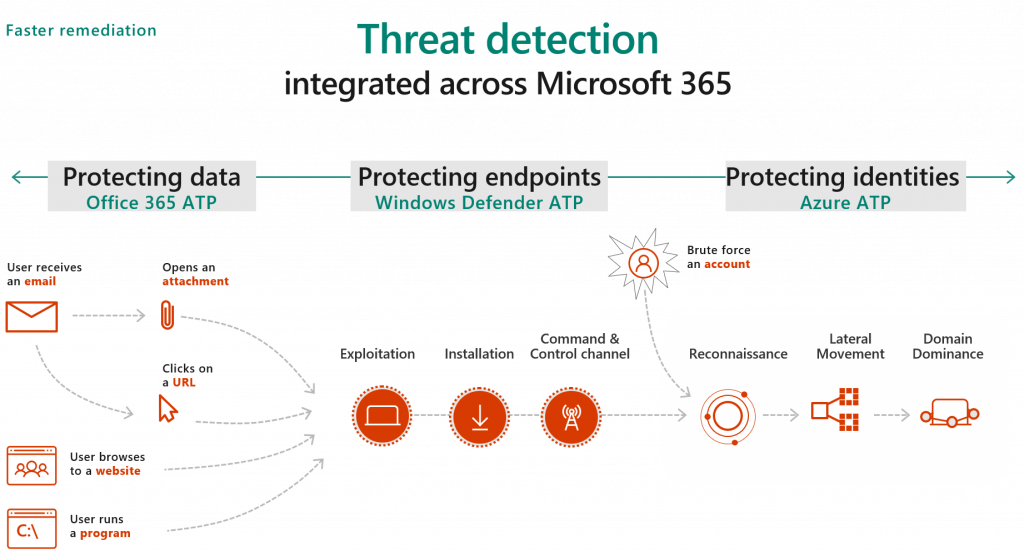You’re In Safe Hands with Trend Micro Home Network Security
A three-part series on using Home Network Security to protect your home
Your home should be a haven that protects you. In the cyber age, however, your router, computers, and TVs, your game consoles and smart devices, are continuously connected to the internet and run the risk of being hacked—usually when you least expect it and often without your knowledge. Not only can cybercriminals invade your privacy, they can steal your data, your money and even your identity—if you don’t put the appropriate security measures in place.
Trend Micro Home Network Security (HNS) is specifically designed to be that key security measure for your home network. Attach the HNS station to your router, download and install the management app, pair them up, and HNS immediately begins protecting all the connected devices in your home against a wide variety of threats. These include network intrusions, risky remote connections, phishing, ransomware, harmful websites and dangerous downloads.
Though setup, configuration, monitoring, and maintenance are pretty straightforward, to get the most out of HNS, we’ve written a three-part series to teach you how to maximize its use:
|
|
Sound good? Let’s get started with Part 1!
Part 1: Home Network Security: Setup and Configuration
Once you take the Home Network Security Station out of its box, setup and connection is quick and easy:
|
|
Configuration Modes
Trend Micro’s Home Network Security station is designed to be a Plug-n-Protect device. Upon being connected to your router, it will attempt to automatically sense and enable the optimal Mode.
However, if you are experiencing network instability or connection issues, you can also choose the Mode manually from one of four Modes available for the best performance with your particular router. In order to select the correct Mode, you should first determine your router’s optimal Mode. Go to the HNS eSupport website to check the compatibility of your router or to search for its brand and model. The optimal Mode is indicated for tested routers.
While most routers support the default setting automatically, a small number may require manual setup. An even smaller number are not compatible with Trend Micro Home Network Security.
Some additional information about HNS’s station Modes:
|
|
If you change the mode, run a Test Status check 5 minutes after changing the settings.
Off to a Good Start
As mentioned, after the initial setup, Trend Micro Home Network Security automatically does a network check to see what devices are on your network. (As part of its improved device recognition in version 2.5, released in November 2019, HNS offers more than 150 device icons to help make managing your devices even easier.) If you tap the View Devices button in the resulting popup, HNS provides you with a list of All Devices on the network. By default these online devices are Unassigned. You can create family member profiles, then assign specific devices to each family member later on. (Further information regarding Family Profiles will be discussed in Part 2 of this article series.)
At any time, tap Check Devices to initiate a manual security scan. Once the scan ends, you may see Action Required items displayed in the Dashboard indicator. Tap them to review them. The Action Required screen indicates any security issues that have been discovered. When you tap the panel, you will be able to obtain the Issue Details and read the Potential Risk description to better understand the issue and what you can do to resolve it—or you can also tap Skip for Now to skip the remediation process.
If you decide to proceed with remediation, the HNS App loads your mobile browser and takes you to the Trend Micro eSupport site, which provides more details on the issue. You can scroll through the page to learn more about the possible risks it poses, what you can do to prevent the problem from happening in the future, and places to go for more answers to any questions you may have.
Back in the Dashboard, you can review the HNS Summary protection results in the Security, Parental Controls, Family Members, Top Attacked Devices, and Network Usage panels. You can either tap individual items—e.g., Vulnerability Found, Network Attacks, Web Threats Blocked, etc.—to reveal information on the various threats by device; or you can tap individual panels to show additional details about particular attacks or threats. For a more detailed look, you can check the Timeline to review individual events, which can be filtered by type, such as Security, Parental Controls, Connections, Action Required and System.
Recommended Network and Security Settings
There are a number of useful features that are disabled by default. You can enable these features to heighten your home network protection and maximize user convenience.
|
|
For now, this should be enough to get you off to a good start with Trend Micro Home Network Security. Watch for Part 2 of our HNS Series, where we help you create profiles for family members and set up Parental Controls.
For more information about HNS, go to Trend Micro Home Network Security. For more online support, go to Trend Micro Home Network Security eSupport.
Read More HERE



